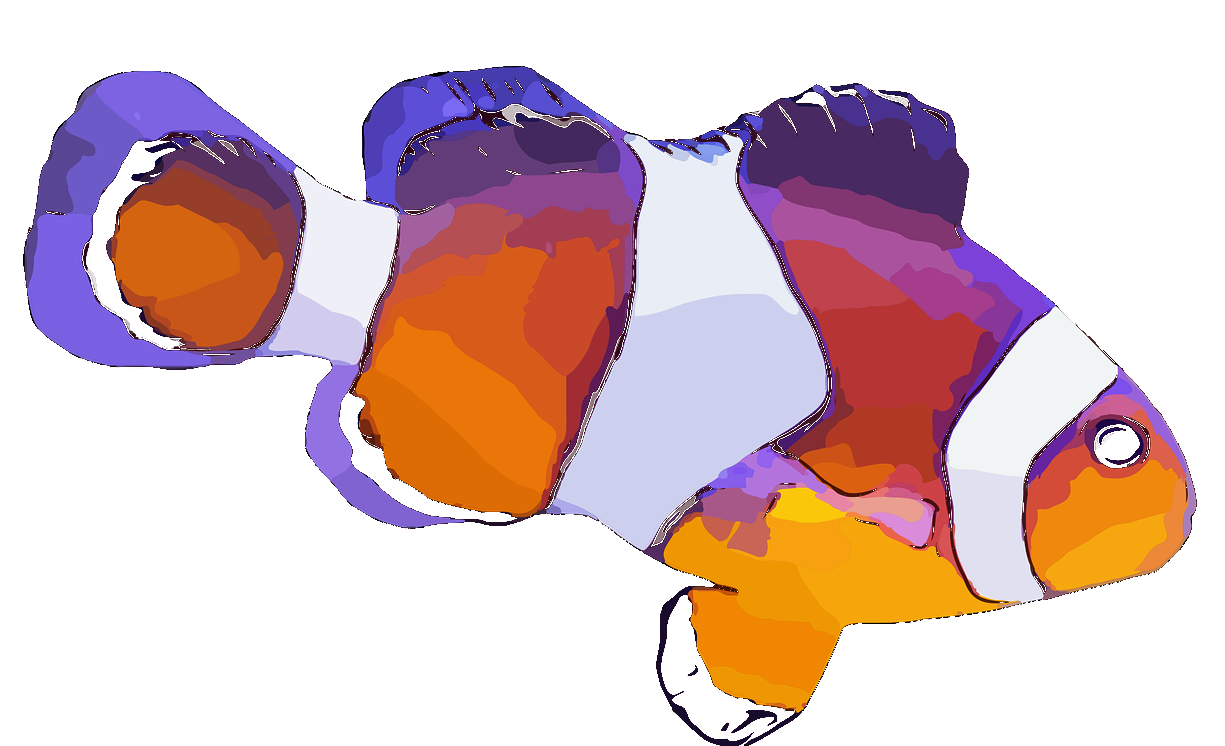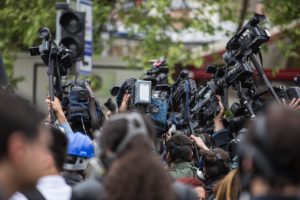Today’s satellites and the general evolution of computers have pretty much killed this skill. But in the 60s, at the height of the cold war between the US and Russia, its importance rivaled that of the pilots of our very own spy planes.
Before satellites, one of the ways states spied on each other was through high-altitude spy planes. The Dragon Lady, as it is known, was our answer to this problem. This plane, which is still in service, was launched in the 1950s and could fly at an altitude twice the height of a commercial airliner (70,000 feet). At this altitude, it was far from view of the enemy and with relative safety from short-altitude missiles. The spy planes were loaded with the latest in photography. And at the end of each mission the cameras in these planes could produce up to 1 mile of film.
Photograph analysts, trained in photogrammetry, reviewed each millimeter of this mile of film and identified objects using this science. It was thanks to photogrammetry the US was able to confirm that Russia was building nuclear missile sites in Cuba in 1962.
The Cuban missile crisis has come and gone, thankfully, but the US continues to use the Dragon Lady spy plane. While satellites have become ever more sophisticated, they are still not as maneuverable as a plane… even if that plane was first first produced more than 60 years ago.


